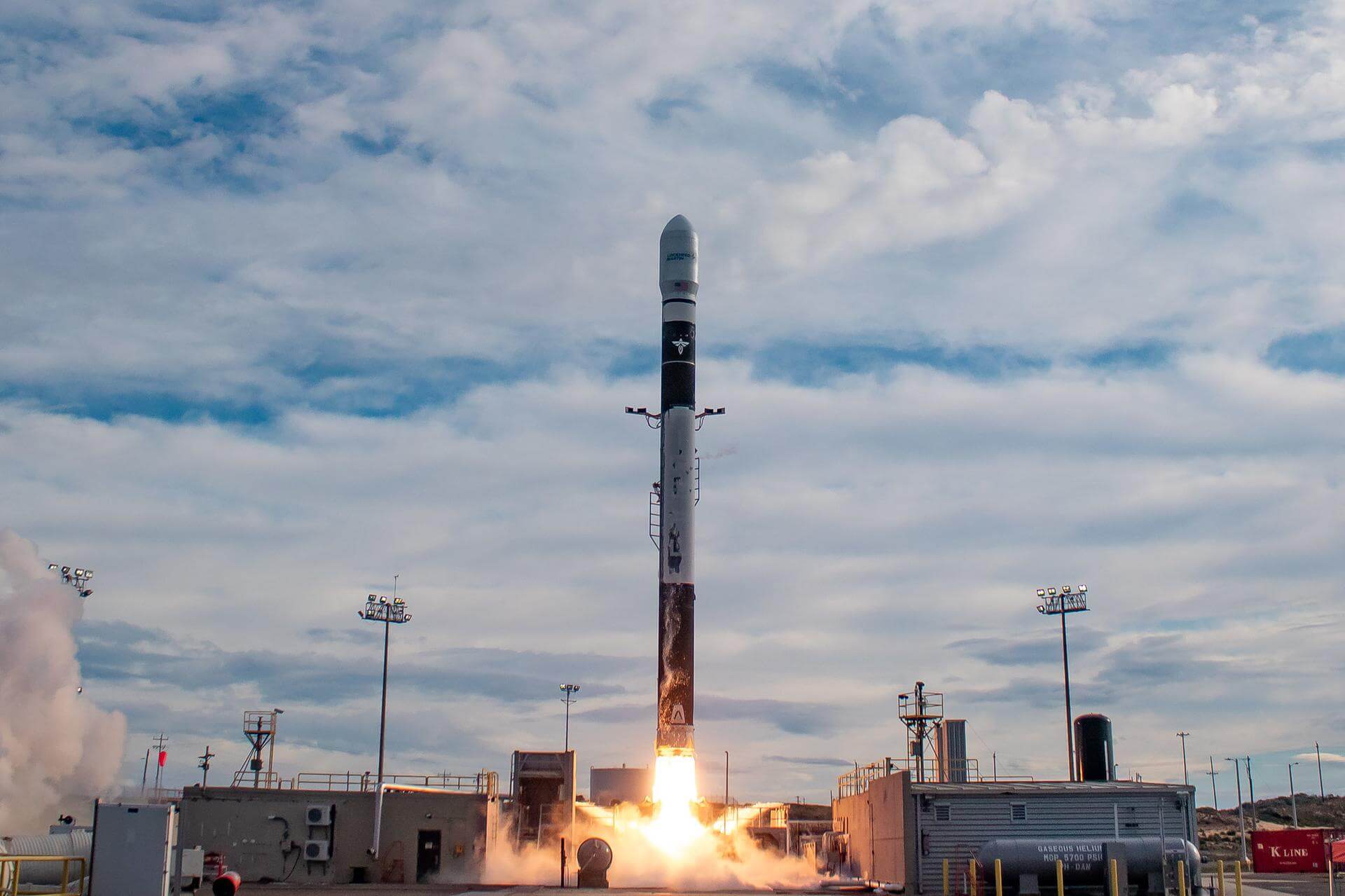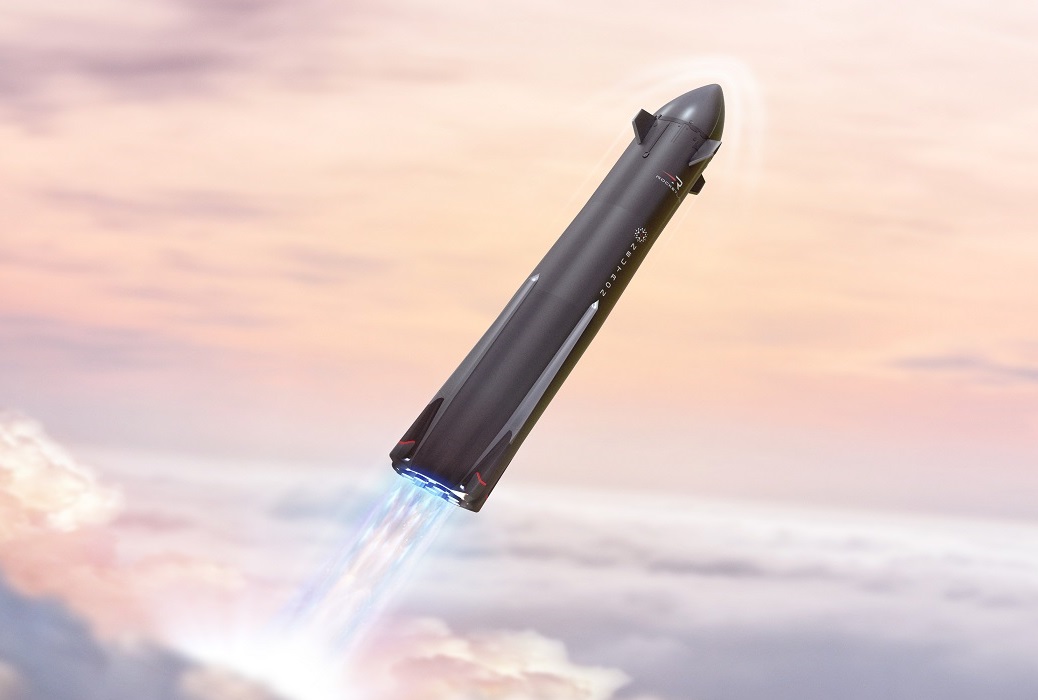Upcoming Spaceflight Launches
Filter by Agency, Locations or Vehicles
Show All LaunchesAntares 330 | Cygnus CRS-2 NG-25
Northrop Grumman Space Systems | United States of AmericaWallops Flight Facility, Virginia, USA
TBD February, 2026
Firefly Alpha | INCUS
Firefly Aerospace | United States of AmericaWallops Flight Facility, Virginia, USA
TBD October, 2026
Status: To Be Determined
Mission:
The Investigation of Convective Updrafts (INCUS) is a NASA Earth science mission led by Colorado State University that will investigate the behavior of tropical storms in order to better represent these storms in weather and climate models. It consists of 3 SmallSats flying in tight coordination to study why convective storms, heavy precipitation, and clouds occur exactly when and where they form. Each satellite will have a high frequency precipitation radar that observes rapid changes in convective cloud depth and intensities. 1 of the 3 satellites also will carry a microwave radiometer to provide the spatial content of the larger scale weather observed by the radars. By flying so closely together, the satellites will use the slight differences in when they make observations to apply a novel time-differencing approach to estimate the vertical transport of convective mass.
Low Earth OrbitNeutron | NZSA Venus Mission
Rocket Lab | United States of AmericaWallops Flight Facility, Virginia, USA
TBD December, 2026
Status: To Be Determined
Mission:
NZSA Venus Mission is a small direct Venus entry probe with a single 1 kg low-mass, low-cost autofluorescing nephelometer riding on a satellite bus based on the Photon Upper stage of the Electron rocket. The probe mission will spend approximately 5 minutes in the Venus cloud layers, 48-60 km above the surface, collecting in situ measurements to search for organic molecules in cloud particles and constrain particle composition.
Heliocentric N/ALong March 2D
4 x SatNet test satellites
Launch Area 4 (SLS-2 / 603) - Jiuquan Satellite Launch Center, People's Republic of ChinaOfficially described as "Satellite-Internet Technology Demonstration Satellites". Probable 4 test satellites for the Chinese state-owned LEO communic…
Falcon 9
Fram2
Launch Complex 39A - Kennedy Space Center, FL, USAFram2 is the world’s first astronaut mission to polar orbit. Named after the Norwegian polar research ship Fram, the Crew Dragon spacecraft will laun…
Falcon 9
Starlink Group 6-80
Space Launch Complex 40 - Cape Canaveral SFS, FL, USAA batch of 28 satellites for the Starlink mega-constellation - SpaceX's project for space-based Internet communication system.
Spectrum
Maiden Flight
Orbital Launch Pad - Andøya SpaceportFirst flight of the Isar Spectrum launch vehicle.
Long March 7A
TJSW-16
201 - Wenchang Space Launch Site, People's Republic of ChinaChinese classified satellite claimed to be for communication technology test purposes. Actual mission not known.
Falcon 9
Starlink Group 11-7
Space Launch Complex 4E - Vandenberg SFB, CA, USAA batch of 27 satellites for the Starlink mega-constellation - SpaceX's project for space-based Internet communication system.
Long March 3
Tianlian 2-04
Launch Complex 2 (LC-2) - Xichang Satellite Launch Center, People's Republic of ChinaTianlian is a Chinese data tracking and relay communications geostationary satellite series. The TL 2 (Tian Lian 2) satellites represent the second g…
Electron
Finding Hot Wildfires Near You (OroraTech OTC-P1)
Rocket Lab Launch Complex 1B - Rocket Lab Launch Complex 1, Mahia Peninsula, New Zealand8 satellites for a constellation of satellites developed by Orora Technologies (OroraTech) of Germany, with thermal infrared cameras that can provide…
Falcon 9
NROL-69
Space Launch Complex 40 - Cape Canaveral SFS, FL, USAClassified payload for the US National Reconnaissance Office
Ceres-1
Yunyao-1 43-48
Launch Area 95A - Jiuquan Satellite Launch Center, People's Republic of China6 weather satellites performing atmospheric measurements using GNSS Radio Occultation for a Tianjin based company. Constellation is planned to have a…




